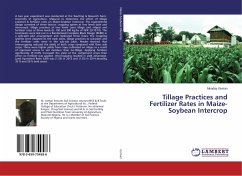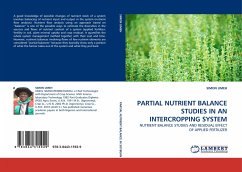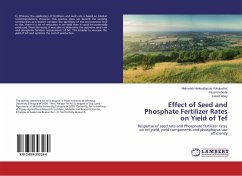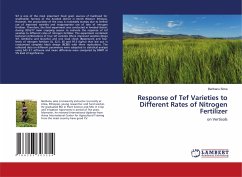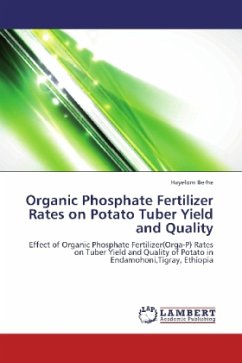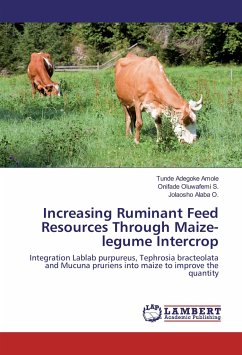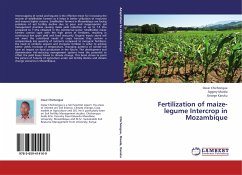A two year experiment was conducted at the Teaching & Research Farm, University of Agriculture, Makurdi to determine the effect of tillage practices & fertilizer rates on Maize-Soybean Intercrop. The experimental design consisted of three factors: cropping system at two levels (sole and intercrops), tillage practices at two levels (zero tillage and ridges) and fertilizer rates at three levels (0, 150 and 300 kg/ha of NPK 20:10:10). The treatments were laid out in a Randomized Complete Block Design (RCBD) in a split-split plot arrangement and replicated three times. The cropping systems were assigned to the main plots, tillage practices to sub-plots and the fertilizer rates were in the sub-sub plots. Results showed that Intercropping reduced the yields of both crops compared with their sole crops. There were higher yields from crops cultivated on ridges as a result of improved access to soil moisture than no-tillage. Applying fertilizer significantly (P0.05) increased the yield ofthe component crops than when no fertilizer was applied. Intercropping resulted in yield advantage. Land Equivalent Ratio (LER) was (1.53) in 2013 and (1.35) in 2014 showing 35 % and 26 % land saved.
Bitte wählen Sie Ihr Anliegen aus.
Rechnungen
Retourenschein anfordern
Bestellstatus
Storno

